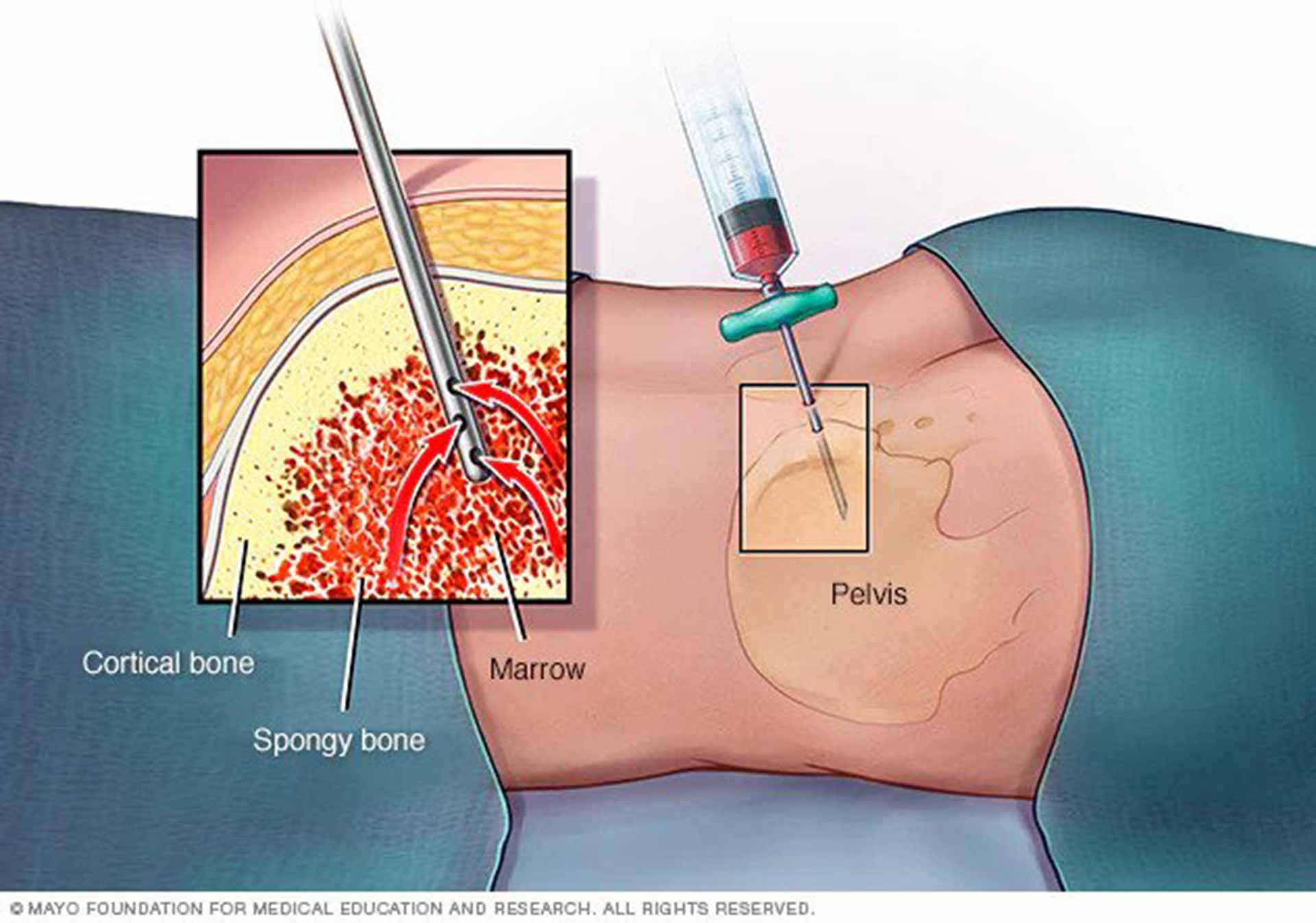
Acute lymphocytic leukemia


Overview
Acute lymphocytic leukemia (ALL) is also called acute lymphoblastic leukemia. ALL is a type of cancer that is found in the blood and the bone marrow. In acute lymphocytic leukemia the disease affects the white blood cells called lymphocytes. It progresses rapidly and forms immature blood cells that invade and eventually outnumber the mature ones. This type of leukemia is the most common type of cancer in children and has a very high chance of being cured. It can also occur in adults, but even with treatment the chance of a cure is greatly reduced.
Acute Lymphocytic Leukemia Symptoms
Signs and symptoms of acute lymphocytic leukemia may include:
- Bleeding, such as frequent nosebleeds and bleeding from the gums
- Bone or joint pain
- Fever
- Frequent infections
- Swollen lymph nodes in and around the neck, armpits, abdomen or groin
- Pale skin
- Shortness of breath
- Weakness and fatigue
Causes
When there is a change in the DNA (genetic material) of the bone marrow, leukemia occurs. The DNA is what tells the cell what to do and instructs it when to grow as well as when to die. But in acute lymphocytic leukemia this doesn’t happen, and therefore the mutations cause the bone marrow to continue growing and dividing.
As this happens, there is a problem with blood cell production, and the bone marrow will produce immature cells and those will in turn develop into leukemic blood cells (lymphoblasts). Then all of these abnormal cells that have been generated are unable to properly function and they also crowd out the healthy cells.
Risk factors
There are some factors that may increase the risk of acute lymphocytic leukemia, which include:
- Previous treatment with specific types of chemotherapy
- People exposed to very high levels of radiation
- Patients with genetic disorders, especially those with Down’s Syndrome, have a higher chance of obtaining ALL.
Diagnosis and Treatment of Acute Lymphocytic Leukemia
A patient exhibiting symptoms of acute lymphocytic leukemia will be physically checked for swollen glands, and a blood sample will be taken. If the sample proves to have an abnormally high level of white blood cells, it could be a sign of acute leukemia and the patient will be referred to a hematologist. The hematologist will take a small sample of the patient’s bone marrow to examine under a microscope to confirm the diagnosis.
As this form of leukemia is an aggressive disease that can progress quickly, treatment generally begins within a few days of diagnosis and is usually done in three stages.
The first stage is remission induction, which aims to kill the leukemia cells in the bone marrow and restore the balance of red and white blood cells. Resolving the patient’s symptoms is also part of the first stage.
The second stage is consolidation. This stage focuses on killing any remaining leukemia cells in the body. After that is the maintenance stage. This stage consists of regular chemotherapy treatments to prevent the leukemia from returning. While chemotherapy is the main treatment for acute lymphocytic leukemia, the patient may also require antibiotics, blood transfusions or a stem cell transplant to achieve a cure.
The doctors in the Life Cancer Center at Vejthani Hospital will answer any questions you may have about leukemia so you’re aware of your options.























